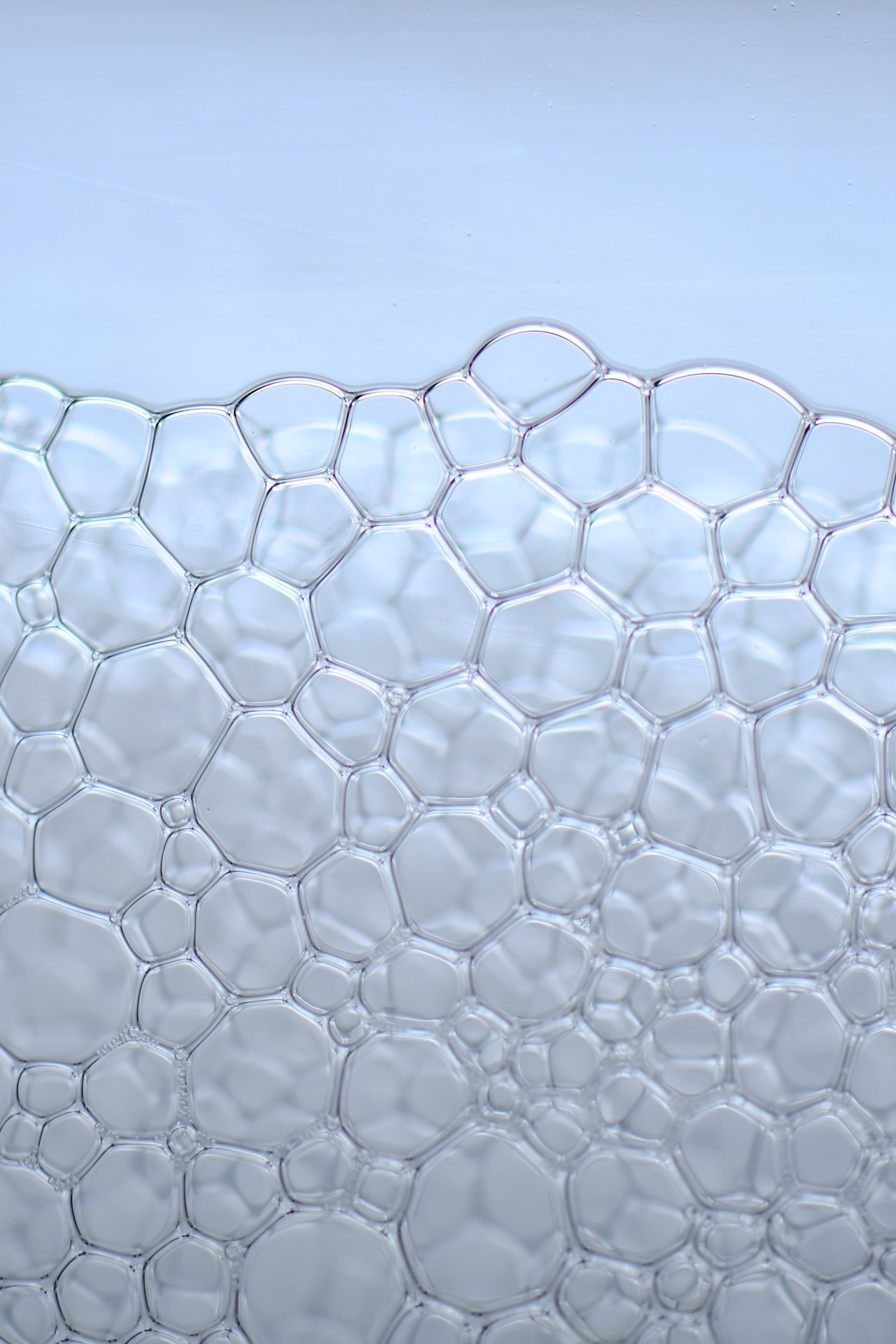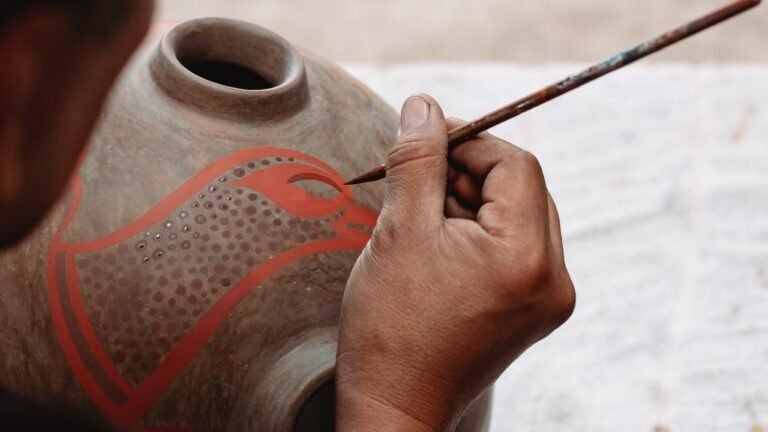What Is Bubble Glaze? Tricks and Tips
Pottery is one of the best techniques to explore your creative side and forget all the worries caused by the current digital era. Craftsmen employ various methodologies like bubble glazing, to create an extraordinaire artwork that is beautiful and unique in the world of ceramics. So, you might wonder what is bubble glaze.
Bubble glazing is the process of producing bubbles in glazes to achieve a marble effect on ceramic work. Once you have created an artistic mold using pottery, bubble glazing can be used to form exclusive patterns on your artwork. It helps to form unique effects on your creation which is difficult to achieve by brushing and dipping.
To create beautiful artistic patterns on your ceramics, you can follow the selected links mentioned in this article. So go ahead and enjoy a new world of creativity.
How Do You Make a Glaze with Bubbles? (What Is Bubble Glaze)
There are several ways to glaze your pottery work. You can either use an actual glaze or you can bubble with an underglaze. The actual glaze is available in many colors. On the other hand, underglaze is a category of paint used in pottery.
Some of the artists take a bisque-fired piece of pottery and dip it in white glaze. Next, they mix another glaze color with dish soap and create bubbles using a straw. Similarly, other craftsmen bubble glaze the bisque-ware first and then cover it with a clear glaze.
On the contrary, other artists work with underglaze. As I mentioned above, underglaze is a special category of paint that is used to decorate pottery. It is heated in a kiln and undergoes a chemical reaction to give pottery work an impressive final look. The final color may change shade and is not necessarily the one you painted before firing.
I prefer to underglaze my pottery work before it is bisque-fired. It leaves beautiful patterns of underglaze on the white clay background. Finally, I cover my ceramic item with a white glaze to give a sealing effect.
I have also observed a few painters underglaze their work after the initial firing. So, there is no confined way to do the bubble glazing. Hence, I would recommend you try the process at your convenience and decide which way suits you the best.
How Do You Do Bubble Painting?
Supplies such as dish soap, cups, straws, containers, and pottery vases are essential to start bubble painting.
You can initiate the process by mixing half a cup of water with dish soap and paint. Make sure all the ingredients you use are non-toxic as children might want to drink the mixture. So keep a close eye while working with children.
Finally, keep the pottery vase in the container and let the kids blow mountains of bubbles into the vase. After a few seconds, invert the vase and fill the container with bubbles. As the bubbles dry quickly, you can remove the vase from the container to check the unique patterns on your pottery work.
There are scenarios when bubble painting can lead to some defects in the patterns. One of the pottery glaze defects is known as glaze blistering. So, what happens in glaze blistering and how can you avoid it?
What Is Glaze Blistering?
Blisters are created on the fire glazed surface due to the remnants of bubbles that have burst during bubble glazing or painting. These blisters can vary in size and tend to be bigger in size where the glaze is thicker.
Sometimes, blisters and blebs are formed due to incomplete clay preparation. Other reasons for such faults are the presence of materials like borax, boric acid, potassium carbonate, and sodium carbonate. Therefore, it is suggested to replace them with other fluxing agents.
In case you are bisque firing your ceramics, you need to be precautious and examine if you are doing it right. It is imperative to make sure that the bisque fire has good ventilation. As the clay releases gases on oxidation, it is essential to have a good venting system to allow gases to oxidize.
Moreover, it is advisable to have a hot bisque to burn out any sulfur and make the glaze blister-free. A practical approach to bisque fire is to fire it up slowly. Also, use humidity drying equipment before bisque firing your pottery work.
How Do You Bubble Paint Ceramics?
Bubble painting, otherwise called bubble glazing is not only satisfying to perform but also produces unique ceramics pieces with cascading cloudlike mountains of foam. It is simple and easy. Anyone can follow a few steps and use this technique to marbleize their artwork.
So, what do you need to have to achieve bubble glazing? You would require the following supplies to start the process:
- Clear glaze
- Colored underglaze or acrylic paint
- Dish soap
- Straws
- Cups for mixing
- Object to cover
Now, follow the three steps mentioned below to create exquisite patterns on your pottery work:
- Make the mixture: Mix 2 parts of underglaze and one part of the water in a cup. Add a tablespoon of dish soap and mix the batter with a straw.
- Blow bubbles: Stand over the artwork you want to glaze and blow into the mixture slowly to create bubbles of varying sizes. As these bubbles fall on your artwork, they create attractive impressions.
- Seal the deal: You can use multiple colors and repeat steps 1 and 2. After coloring the pattern, cover the item with a clear glaze sealer.
Additionally, you let your ceramics fire up in a kiln. And just like that, you are ready with a new masterpiece for your living room. You can also follow a simple YouTube video by Calders Ceramics wherein he presents a step-by-step tutorial to bubble glaze your ceramics work.
So, don’t wait up and grab your supplies now to explore the new realms of painting. This DIY activity helps you to dive into your creativity and come out with attractive creations you have never imagined before.







